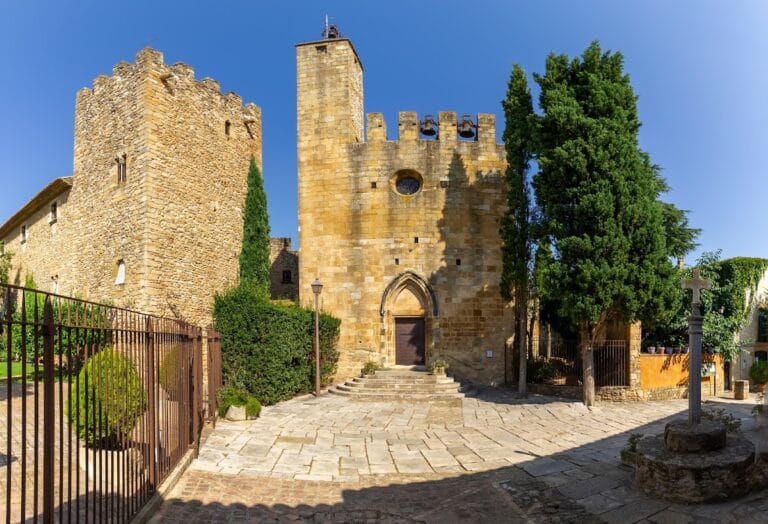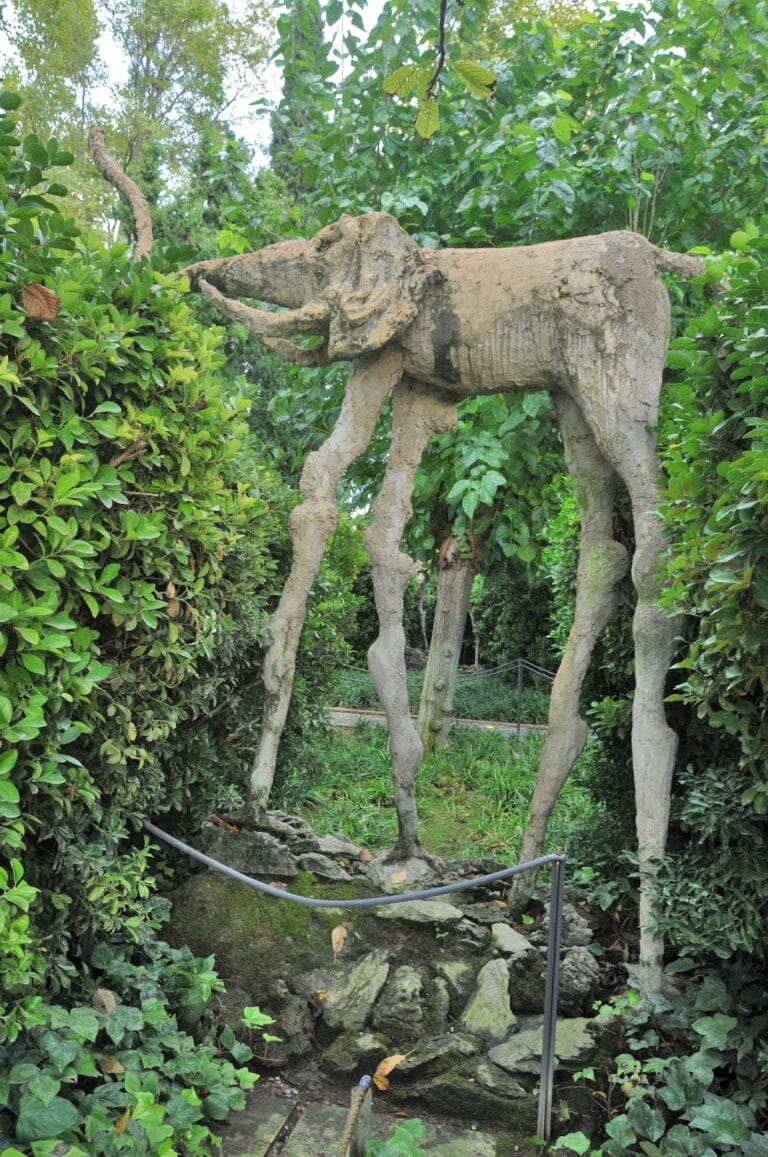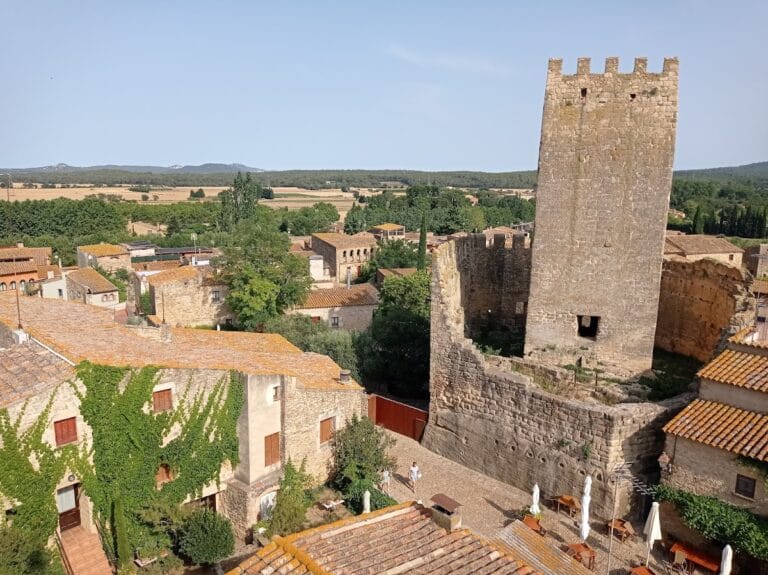Torre de Cruïlles: A Medieval Tower in Catalonia
Visitor Information
Google Rating: 4.2
Popularity: Low
Google Maps: View on Google Maps
Official Website: www.cmss.cat
Country: Spain
Civilization: Unclassified
Remains: Military
History
The Torre de Cruïlles stands in the village of Cruïlles, situated in what is now modern Spain. Its base dates back to the Romanesque period, constructed by medieval builders between the 11th and 12th centuries as part of a fortress that once dominated the highest point of the settlement.
During the medieval era, the tower formed a key element of the fortress known as Castell de Cruïlles. The structure’s defensive design is evident in its original main entrance, raised approximately seven meters above ground level, a typical feature allowing occupants to control access by using removable ladders or stairs. This elevated doorway suggests a strategic emphasis on protection during a time when the region faced political and military challenges typical of the Middle Ages.
In the 20th century, significant alterations were made to adapt the tower to its changing environment and conservation needs. Around 1927, earthworks lowered the level of the surrounding plaza, leading to the creation of a new entrance at ground level. Later, during renovations in 1993, the entrance stairs were further modified to improve access. A notable restoration effort between 2004 and 2005 focused on the interior, including the installation of a spiral staircase to facilitate movement to the summit.
An olive tree atop the tower has become a notable symbol of the site. Local tradition holds that it grew from a seed dropped by a bird, linking natural history with the man-made monument. Over the years, this tree was carefully protected, including temporary removal during restoration work.
The tower’s importance has been formally recognized, as it is listed in heritage registers of both Catalonia and Spain, ensuring its preservation as a cultural monument.
Remains
The Torre de Cruïlles is characterized by its slightly truncated conical shape, rising to a height of approximately 21 meters. Its base rests on a foundation nearly one meter tall, composed of rough, unshaped stones, providing stability on its elevated site. Above this foundation, the main body of the tower consists of carefully dressed sandstone blocks displaying a warm, pale yellow tone, sometimes referred to as chickpea color.
The tower’s construction reveals multiple phases that occurred closely in time. Its main walls rise about 13 meters before transitioning to a four-meter band of river stones, a material choice distinct from the sandstone that frames the tower’s base and its uppermost 4.25-meter section. This layered approach may reflect early modifications or repairs.
Internally, the tower features an intriguing multi-level layout. At about five meters high, there is a false dome—a curved architectural element that simulates the form of a true dome but serves mainly decorative or structural purposes. Above this dome lies an arcade, which once supported a wooden floor, defining an intermediate level within the tower. Further upward, another dome shapes the interior ceiling, suggesting a complex use of space within the stone shell.
The original entrance is a semicircular arched doorway located on the southeast side, composed of six wedge-shaped stones called voussoirs. High above, a similar arched door likely provided access to a wooden gallery encircling the tower’s upper portion. Evidence of this gallery appears in the series of small recesses or sockets spaced around the structure’s top, designed to hold the ends of wooden beams supporting the walkway.
Modern interventions have introduced a ground-level entrance constructed in the early 20th century, following the lowering of the plaza’s surface. Recent stairs, installed during a 1993 renovation, now provide safe access from this entrance to the interior. The 2004-2005 restoration work added a spiral staircase within the tower and included the careful care and temporary removal of the iconic olive tree that crowns the summit.
Today, the tower remains a well-preserved monument standing in the central square of Cruïlles, embodying centuries of architectural evolution and cultural significance.










